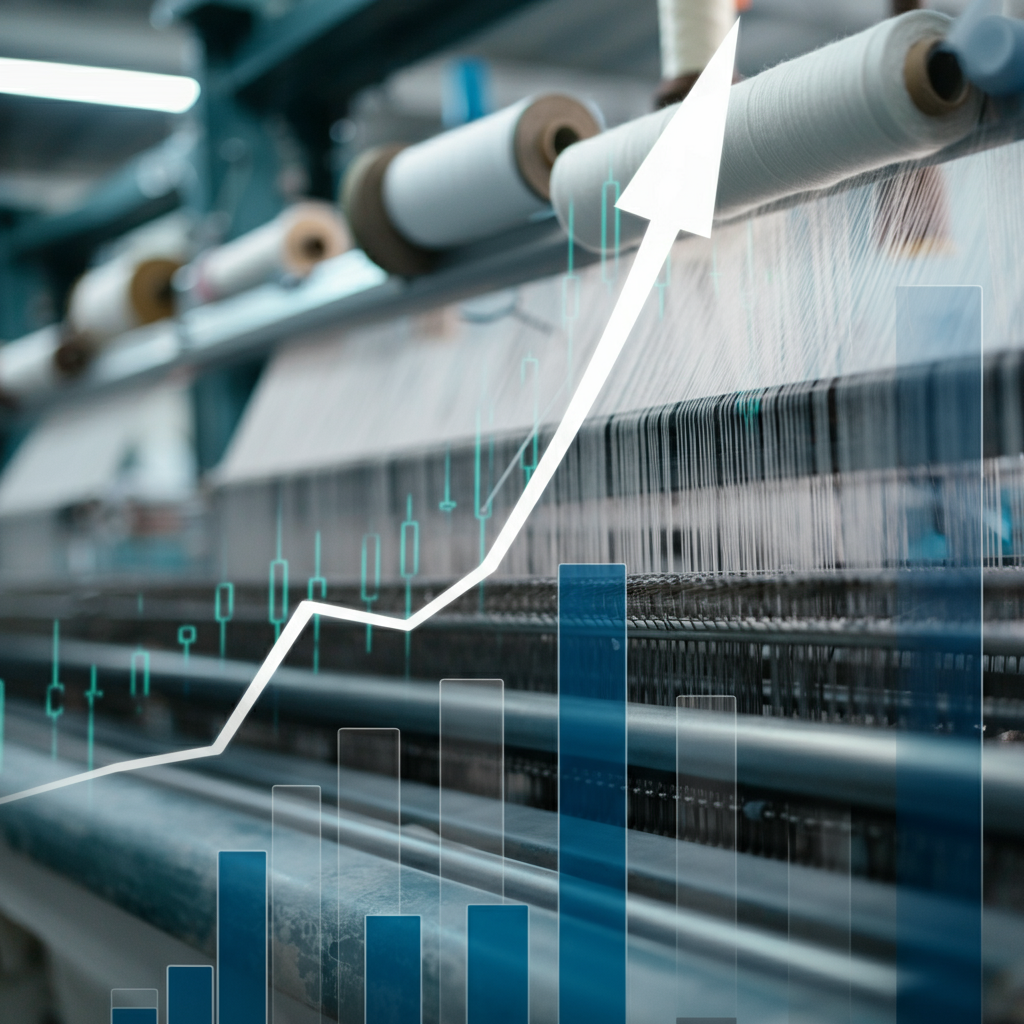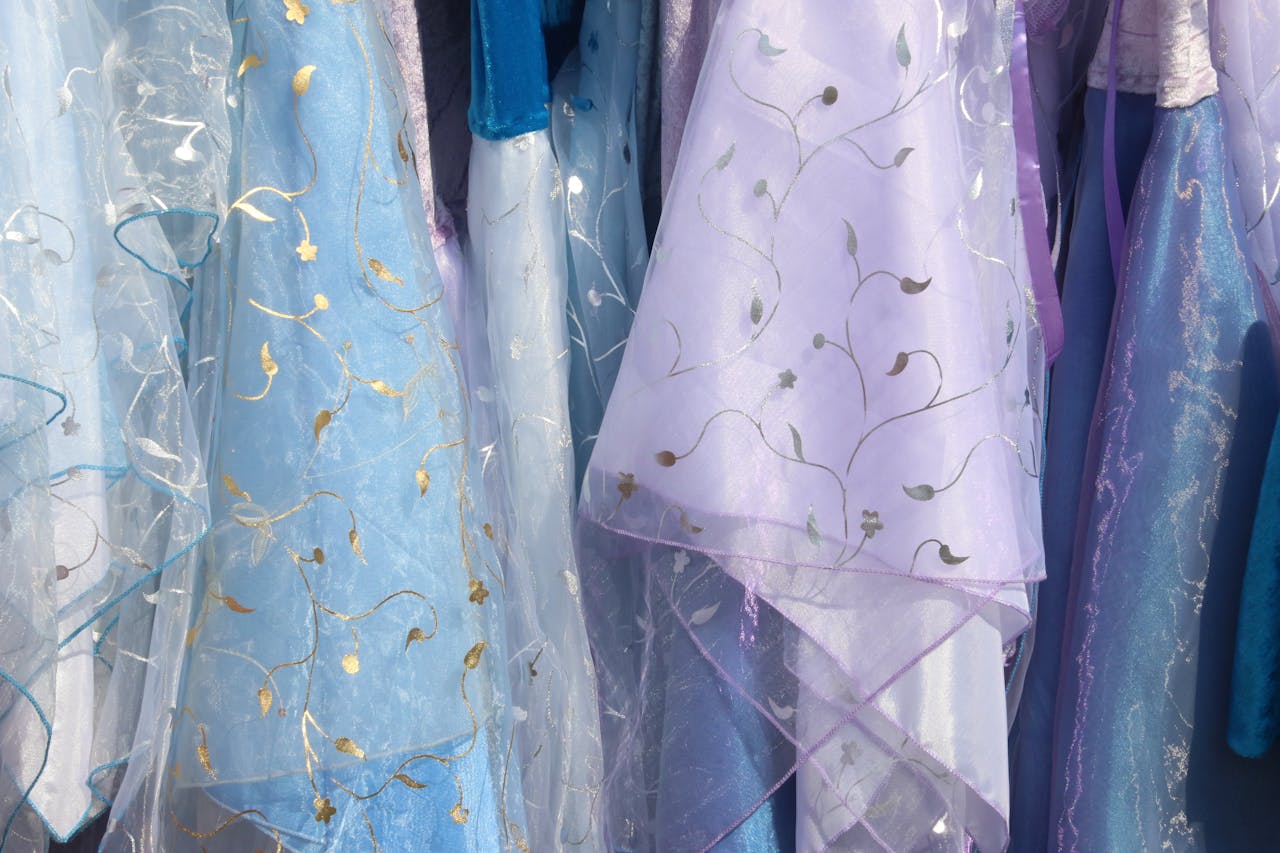The city of Surat, often called the “Silk City of India,” is the undisputed hub of the country’s man-made fiber (MMF) textile industry. This bustling center produces an estimated 60-70% of India’s MMF fabric, making it a critical engine for the national textile economy. However, the industry has faced significant challenges related to the Goods and Services Tax (GST) structure, particularly the inverted duty structure. This post explores how a uniform 5% GST rate on raw textile inputs could reshape Surat’s MMF sector, examining its potential impact on costs, competitiveness, and the overall business landscape.
Surat’s MMF Industry and the Current GST Scenario
Surat’s textile industry is a complex ecosystem of spinning, weaving, processing, and trading units. It’s a major employer and a significant contributor to India’s exports. The primary raw materials for this sector are MMF yarn and fibers like polyester, viscose, and nylon.
Under the current GST regime, the industry often grapples with an inverted duty structure. This occurs when the tax rate on raw materials is higher than the tax rate on the finished product. For example, MMF yarn is taxed at 12%, while the finished fabric is taxed at 5%. This discrepancy creates a significant problem: manufacturers pay more tax on their inputs than they collect on their output. The result is an accumulation of excess input tax credit (ITC) that businesses must then claim as a refund from the government, leading to blocked working capital and lengthy administrative delays.
The Impact of a 5% GST Rate on Cost Structure
Implementing a uniform 5% GST on all textile inputs, from fiber to fabric, would fundamentally alter the cost dynamics for Surat’s MMF businesses. This change would directly address the inverted duty structure, creating a more streamlined and efficient tax system.
Easing the Burden of Blocked Capital
The most significant benefit would be the elimination of accumulated ITC. With a 5% tax on both raw materials (like yarn) and finished goods (fabric), the tax flow becomes balanced. Businesses would no longer have large sums of money tied up in tax credit claims. This frees up working capital, allowing manufacturers to invest in new machinery, expand operations, or manage daily expenses more effectively. For the thousands of small and medium-sized enterprises (SMEs) that form the backbone of Surat’s industry, this liquidity is crucial for survival and growth.
Simplifying Compliance and Reducing Costs
A uniform tax rate simplifies accounting and compliance procedures. Businesses would spend less time and fewer resources on calculating and claiming refunds. This reduction in administrative overhead translates directly into cost savings. The simplified structure would also reduce disputes and litigation related to tax claims, further streamlining operations.
How a 5% GST Rate Could Boost Competitiveness
A more efficient cost structure naturally enhances the competitiveness of Surat’s MMF industry, both domestically and internationally.
More Competitive Pricing
With reduced tax burdens and improved cash flow, manufacturers can price their products more competitively. This would make Surat’s fabrics more attractive to domestic buyers and strengthen their position against cheaper imports. In the global market, Indian MMF textiles could better compete with products from countries like China, Vietnam, and Bangladesh, which often have more favorable tax structures.
Encouraging Investment and Modernization
The current inverted duty structure discourages investment. When capital is perpetually blocked in tax refunds, businesses are hesitant to commit funds to technology upgrades or capacity expansion. A uniform 5% GST would create a more predictable and stable financial environment. This stability encourages long-term investment in modern weaving and processing technologies, which is essential for producing high-quality fabrics that meet global standards.
Case Study: The Weaver’s Dilemma
To understand the real-world impact, let’s consider a hypothetical case study of two small weaving units in Surat.
- Unit A (Current GST): This unit buys polyester yarn worth ₹10 lakh, paying ₹1.2 lakh in GST (12%). It produces fabric that it sells for ₹15 lakh, collecting ₹75,000 in GST (5%). Unit A now has an excess ITC of ₹45,000 (₹1,20,000 – ₹75,000). To access this money, the owner must file for a refund, a process that can take months. This ₹45,000 is blocked working capital that could have been used to buy more yarn or pay wages.
- Unit B (Proposed 5% GST): This unit also buys yarn worth ₹10 lakh, but pays only ₹50,000 in GST (5%). It sells its fabric for ₹15 lakh and collects ₹75,000 in GST (5%). Unit B has a net tax liability of ₹25,000. There is no refund to claim and no blocked capital. The process is simple, and the cash flow remains healthy, allowing the owner to reinvest in the business immediately.
This example clearly shows how a uniform 5% rate simplifies business operations and improves financial health, especially for smaller players.
Potential Benefits and Drawbacks of the Change
While a uniform 5% GST seems highly beneficial, it’s important to consider the complete picture.
Key Benefits:
- Eliminates Inverted Duty Structure: Solves the core problem of blocked capital and accumulated ITC.
- Improves Liquidity: Frees up working capital for SMEs, fostering growth and stability.
- Enhances Competitiveness: Allows for better pricing, making Indian textiles more competitive globally.
- Simplifies Tax Compliance: Reduces administrative burden and costs for businesses.
- Boosts Investment: Creates a favorable environment for modernization and expansion.
Potential Drawbacks:
- Short-Term Revenue Impact: The government might see a temporary reduction in revenue from MMF yarn, as the tax rate drops from 12% to 5%. However, proponents argue this would be offset by increased compliance and overall industry growth.
- Impact on Cotton Sector: The change could make MMF fabrics cheaper, potentially putting the cotton sector, which largely operates under a 5% GST structure, at a competitive disadvantage. A balanced textile policy would be needed to ensure a level playing field.
- Transitional Challenges: Any change in tax structure requires a period of adjustment. Businesses would need clear guidance and support to navigate the transition smoothly.
A Balanced Path Forward
A uniform 5% GST rate on the entire textile value chain holds the promise of revitalizing Surat’s MMF industry. By resolving the long-standing issue of the inverted duty structure, it would unlock capital, simplify compliance, and sharpen the industry’s competitive edge. The move would empower thousands of small and medium-sized businesses, fostering an environment of growth and innovation.
While the government must weigh the potential revenue implications and ensure fairness across the entire textile sector, the long-term benefits of a simplified, stable, and growth-oriented tax policy for one of India’s most vital industries are too significant to ignore. For Surat, this change could be the key to weaving a stronger, more prosperous future.
Frequently Asked Questions (FAQ)
What is the main GST problem for Surat's textile industry?
The primary issue is the "inverted duty structure." Raw materials like man-made fiber (MMF) yarn are taxed at 12%, while the finished fabric is taxed at 5%. This forces manufacturers to pay more tax on inputs than they collect on sales, blocking their working capital in pending tax refunds.
How would a uniform 5% GST benefit Surat's MMF businesses?
A uniform 5% GST would eliminate the inverted duty structure, freeing up blocked working capital for businesses. This improves cash flow, simplifies tax compliance, and reduces administrative costs. It allows small and medium-sized enterprises (SMEs) to reinvest money back into their operations for growth and modernization.
Would a 5% GST rate have any drawbacks?
A potential drawback is a short-term government revenue dip from the reduced tax on yarn. Additionally, it could make MMF fabrics cheaper, potentially creating a competitive imbalance with the cotton textile sector. Careful policy considerations are needed to ensure a level playing field for the entire textile industry.



